Recent Coverage
 September 30, 2025
September 30, 2025
In a Washington Post article, Senior Research Scientist Linda Charmaraman recommends ways parents and policy-makers can improve the safety and quality of children's online experiences.
 June 12, 2025
June 12, 2025
The American Psychological Association's AI and Adolescent Wellbeing" health advisory, for which Senior Research Scientist Linda Charmaraman was an expert advisor, is cited in a TIME article about the problematic nature of therapy chatbots.
 May 15, 2025
May 15, 2025
GLAAD’s 2025 report outlines that the state of LGBTQ+ social media safety may seem worse with minimal policy improvements and provides key recommendations to improve LGBTQ+ safety.
 March 28, 2025
March 28, 2025
The Youth, Media and Wellbeing Lab's academic review of LGBTQ youth's engagement with online spaces is featured in a Mombian roundup of recent LGBTQ parenting news.
 January 29, 2024
January 29, 2024
Linda Charmaraman, Ph.D., shares her expertise on how social media use differs by race.
 January 29, 2024
January 29, 2024
Linda Charmaraman, Ph.D., discusses the need for research-based decisions.
 January 29, 2024
January 29, 2024
Linda Charmaraman, Ph.D., is featured in the Social Media Overview, Social Media Benefits and Risks, and Social Media Classroom Strategies segments.
 January 29, 2024
January 29, 2024
Linda Charmaraman, Ph.D., writes about looking to youth as architects of a safer digital world.
 January 29, 2024
January 29, 2024
Linda Charmaraman, Ph.D., shares practical advice for parents.
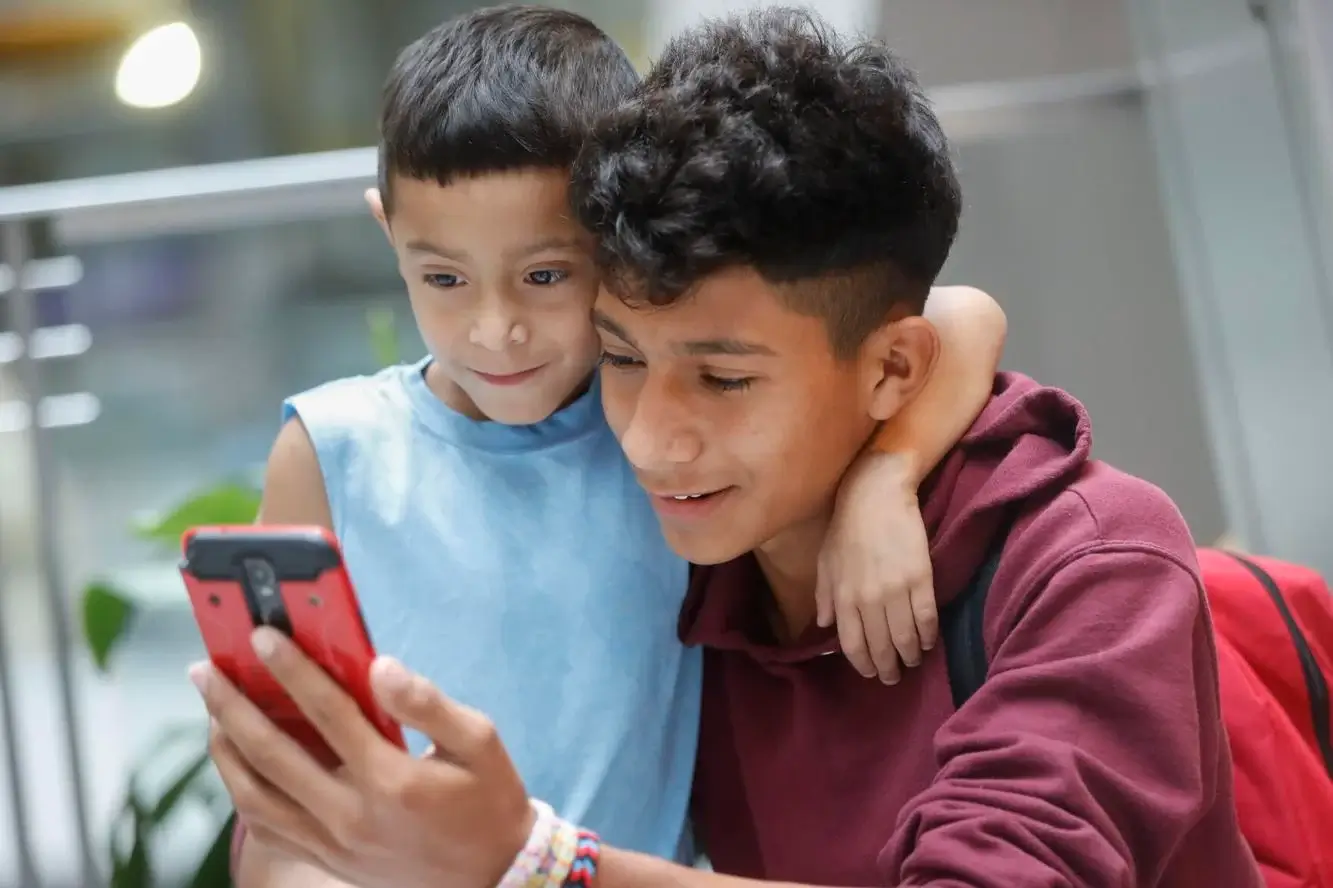 August 11, 2023
August 11, 2023
Dr. Charmaraman discusses various regulations that should be implemented for adolescents using social media.
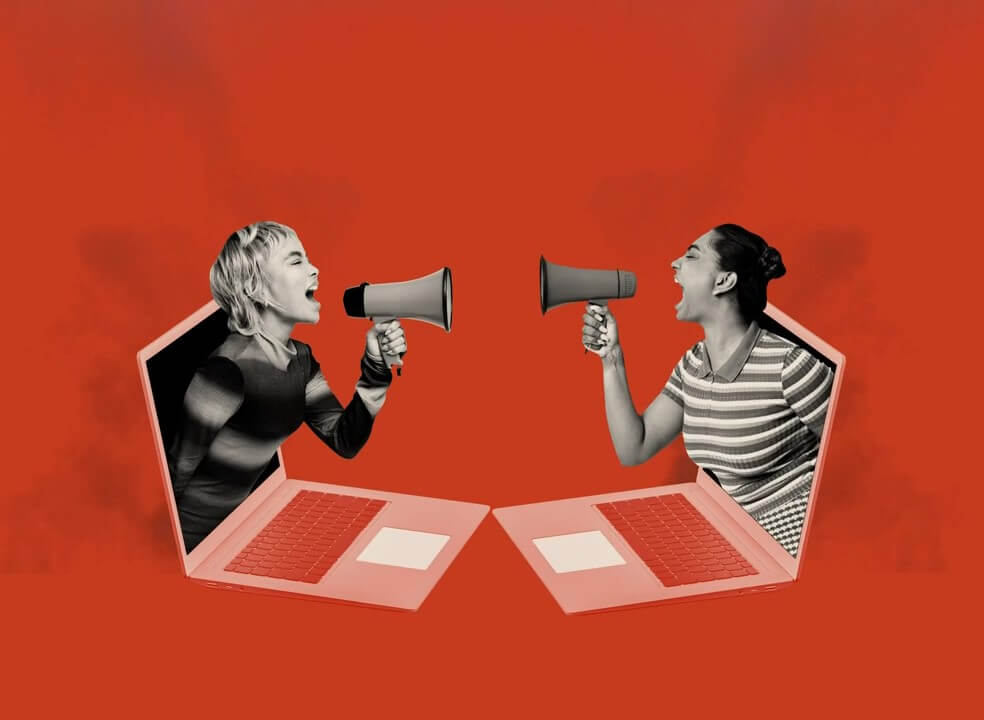 August 8, 2023
August 8, 2023
Dr. Charmaraman provides insight into the dynamics of online discourse and what drives people to share opinions in the evolving landscape of social media.
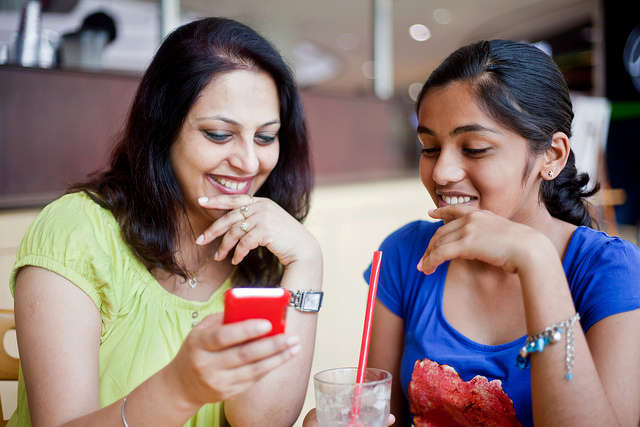 July 17, 2023
July 17, 2023
Dr. Charmaraman's study explores the role of pets in middle schoolers' lives during the pandemic, uncovering insights about screen time, emotional support, and social interactions.
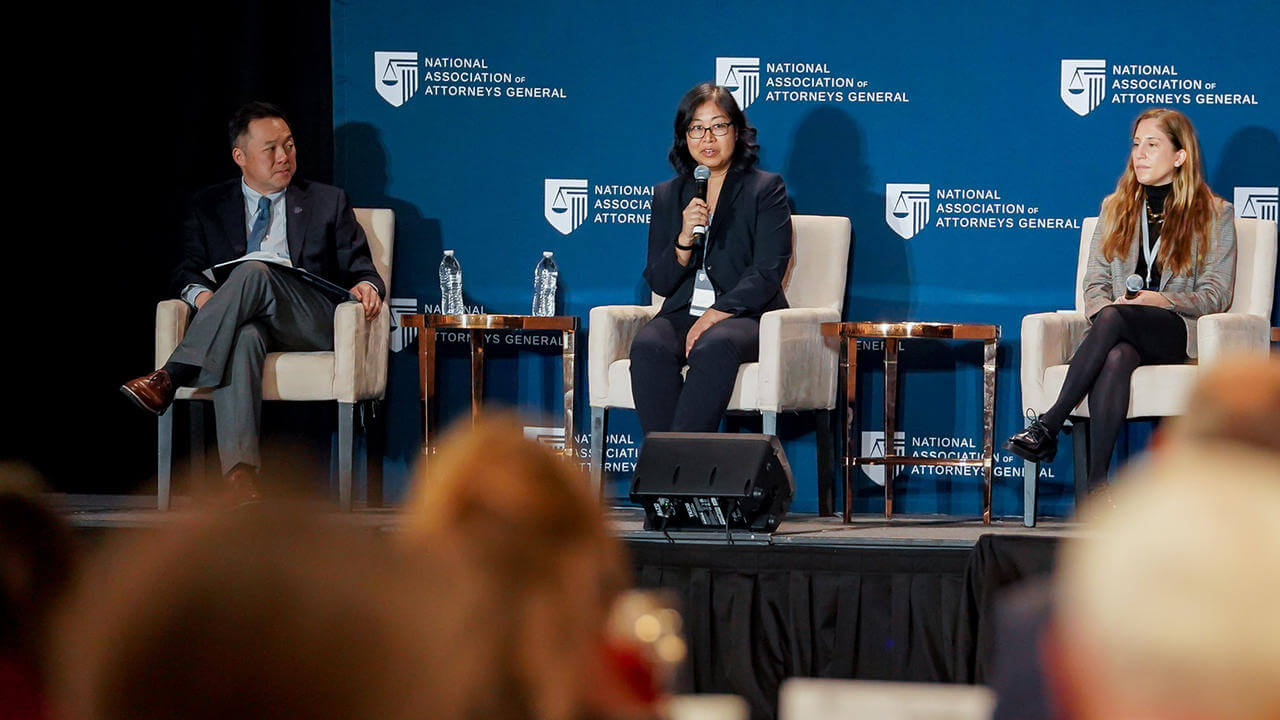 July 12, 2023
July 12, 2023
This Spotlight on Wellesley highlights Dr. Charmaraman's story and work on how social media affects its youngest and most marginalized users.
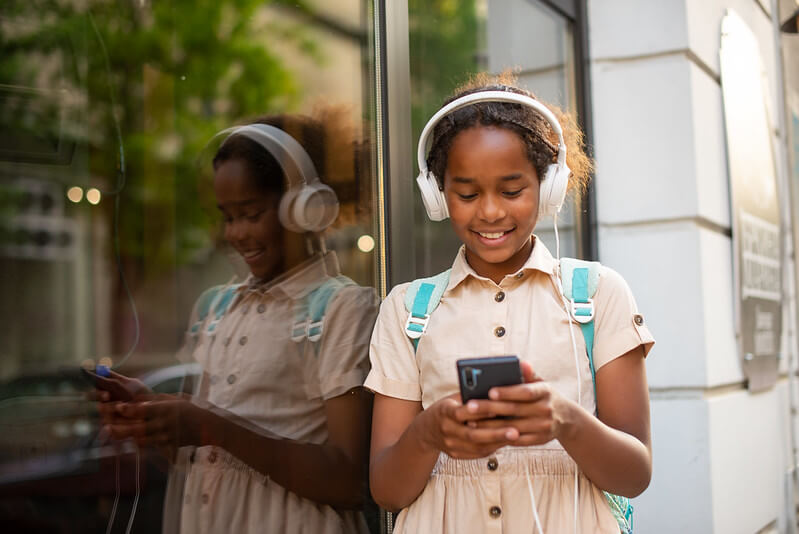 June 7, 2023
June 7, 2023
Linda Charmaraman, Ph.D., shared her expertise with Salon on why there is no "right age" to give kids smartphones.
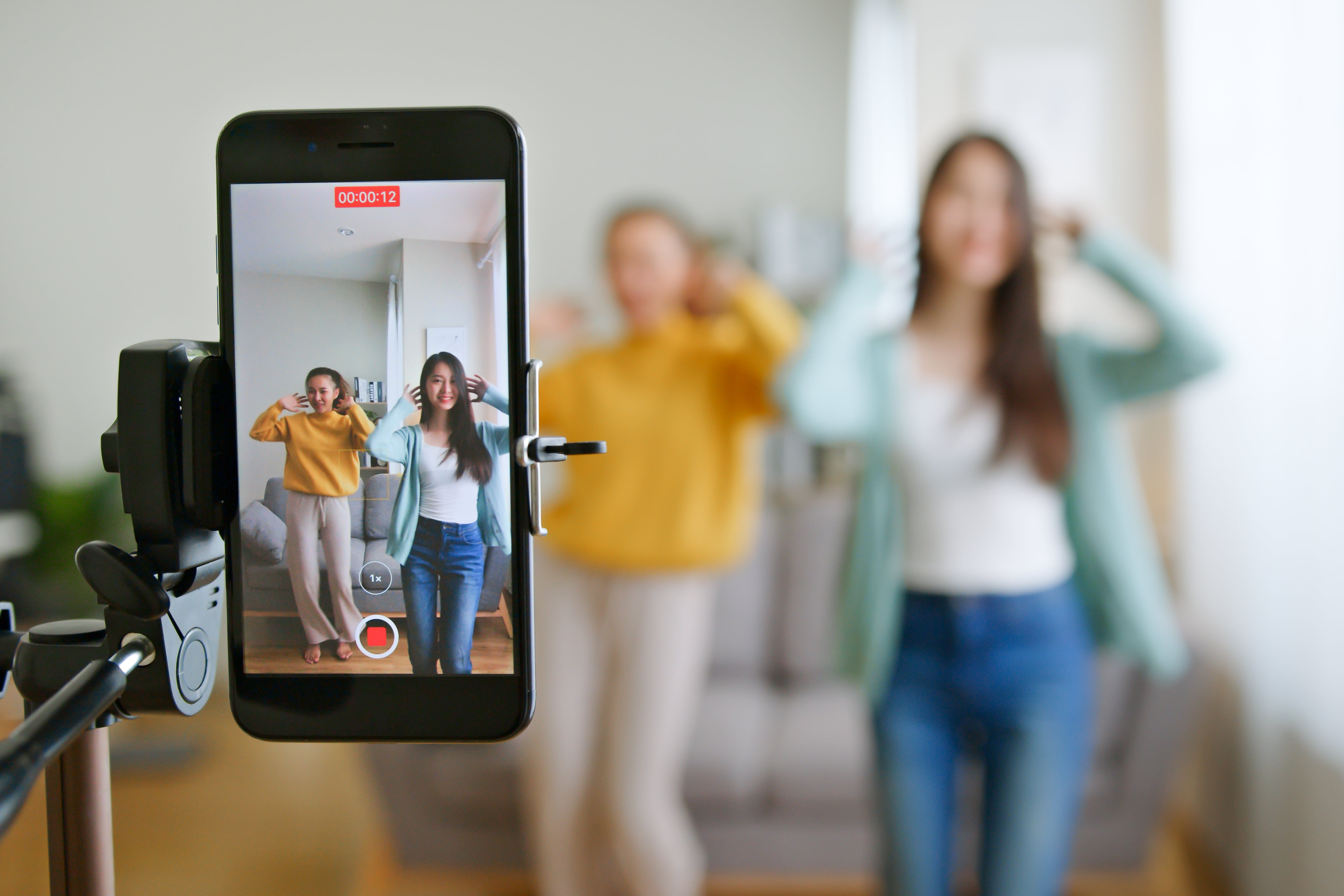 March 8, 2023
March 8, 2023
Linda Charmaraman, Ph.D., discusses how beauty filters can be detrimental to teens and young people.
 February 20, 2023
February 20, 2023
White teens and teens of color do not have identical online experiences, explains Linda Charmaraman, Ph.D.
 February 7, 2023
February 7, 2023
Research from our Youth, Media & Wellbeing Research Lab is cited in an article on tips to minimize social media risk.
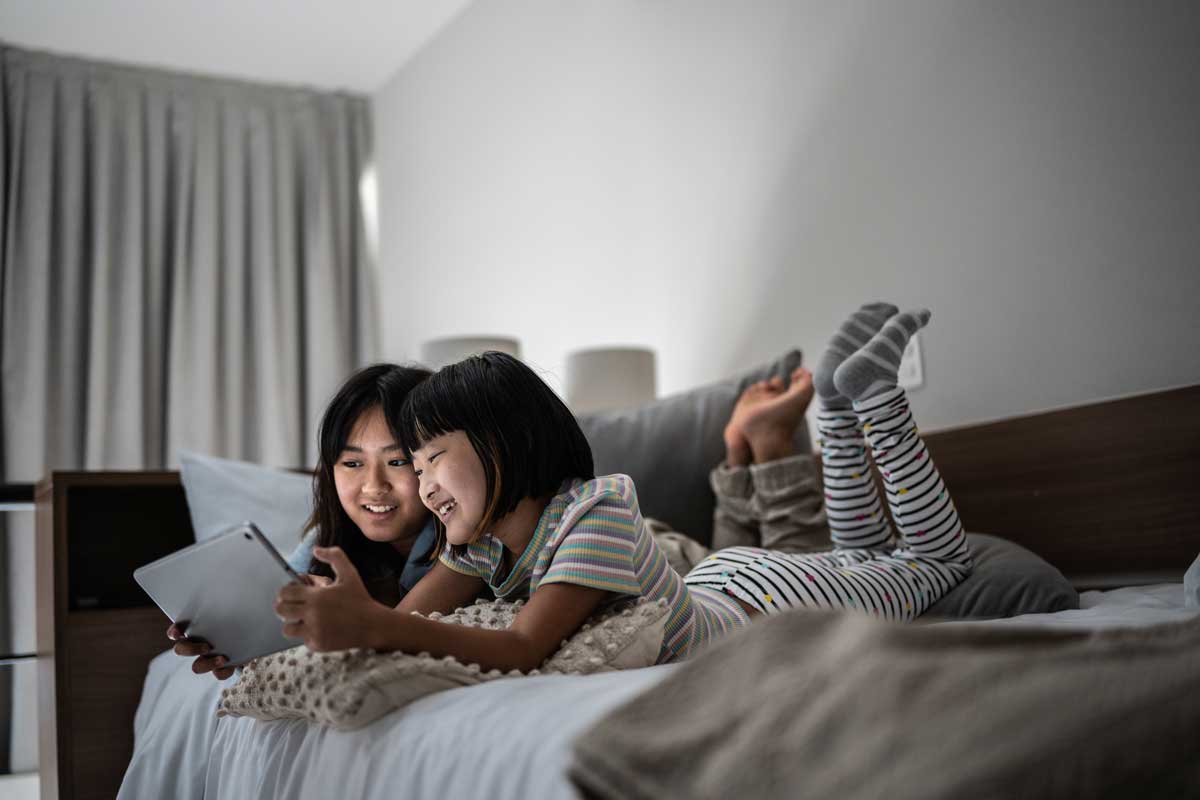 January 9, 2023
January 9, 2023
During a summit hosted by Meta, Linda Charmaraman, Ph.D., give a deep dive into the latest research on social media and teen wellbeing.
 December 16, 2022
December 16, 2022
Linda Charmaraman, Ph.D., comments on a TikTok trend and Gen Z's ideas around aging and beauty.
 October 27, 2022
October 27, 2022
Linda Charmaraman, Ph.D., discusses the positive and negative impacts of teen social media use.
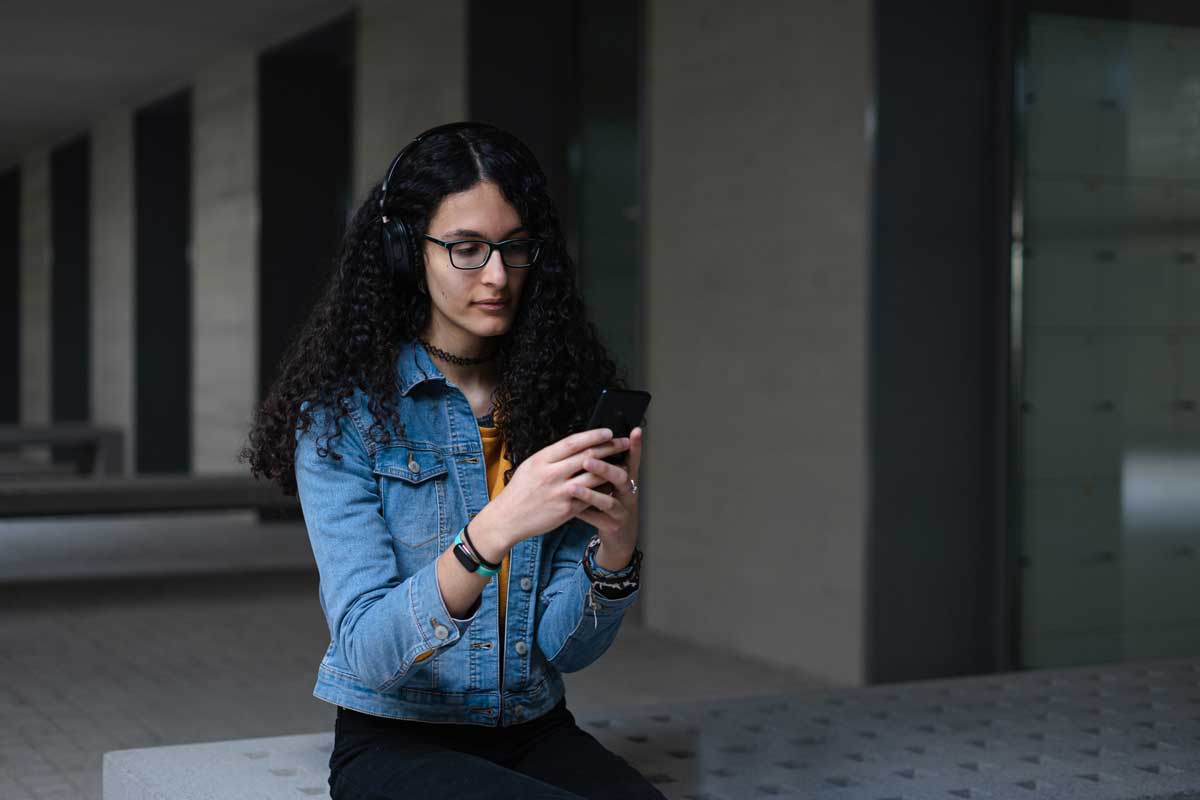 October 16, 2022
October 16, 2022
Linda Charmaraman, Ph.D., discusses her research on the positive impacts of social media use for sexual minority teens.
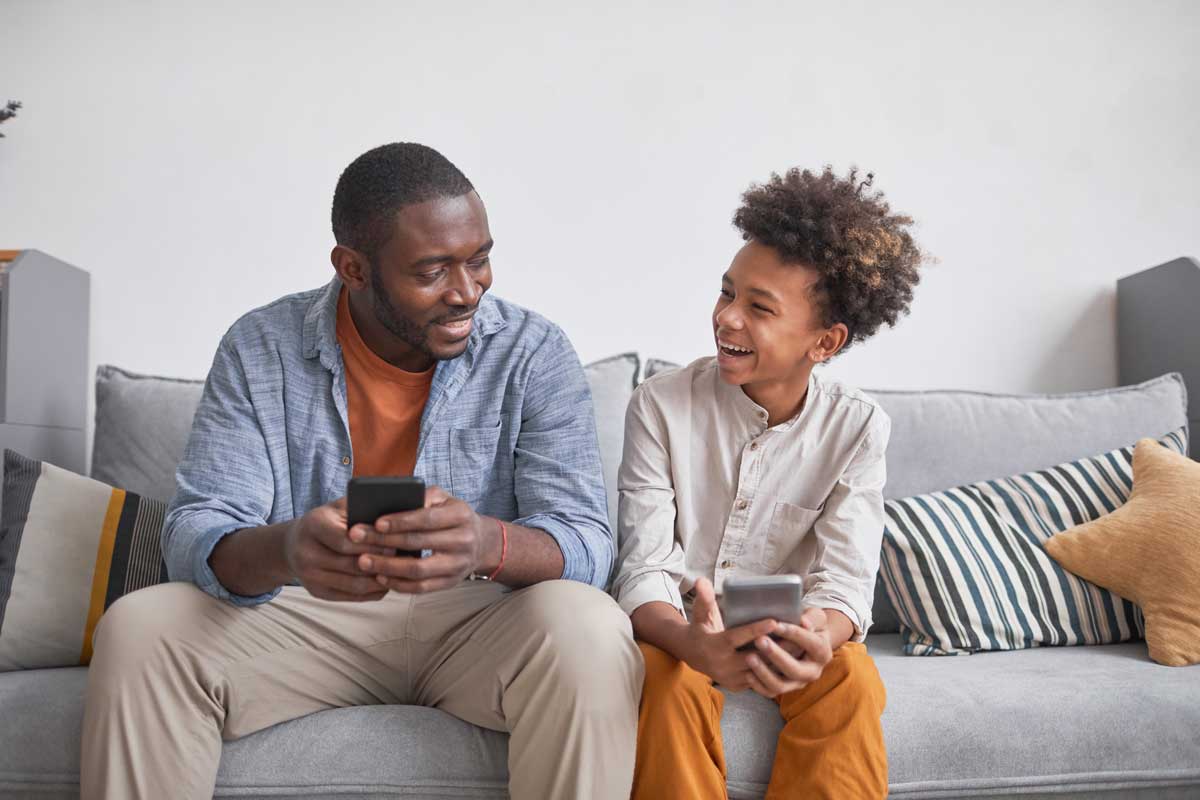 October 4, 2022
October 4, 2022
Linda Charmaraman, Ph.D., spoke on a panel hosted by the Morgan Stanley Alliance for Children's Mental Health.
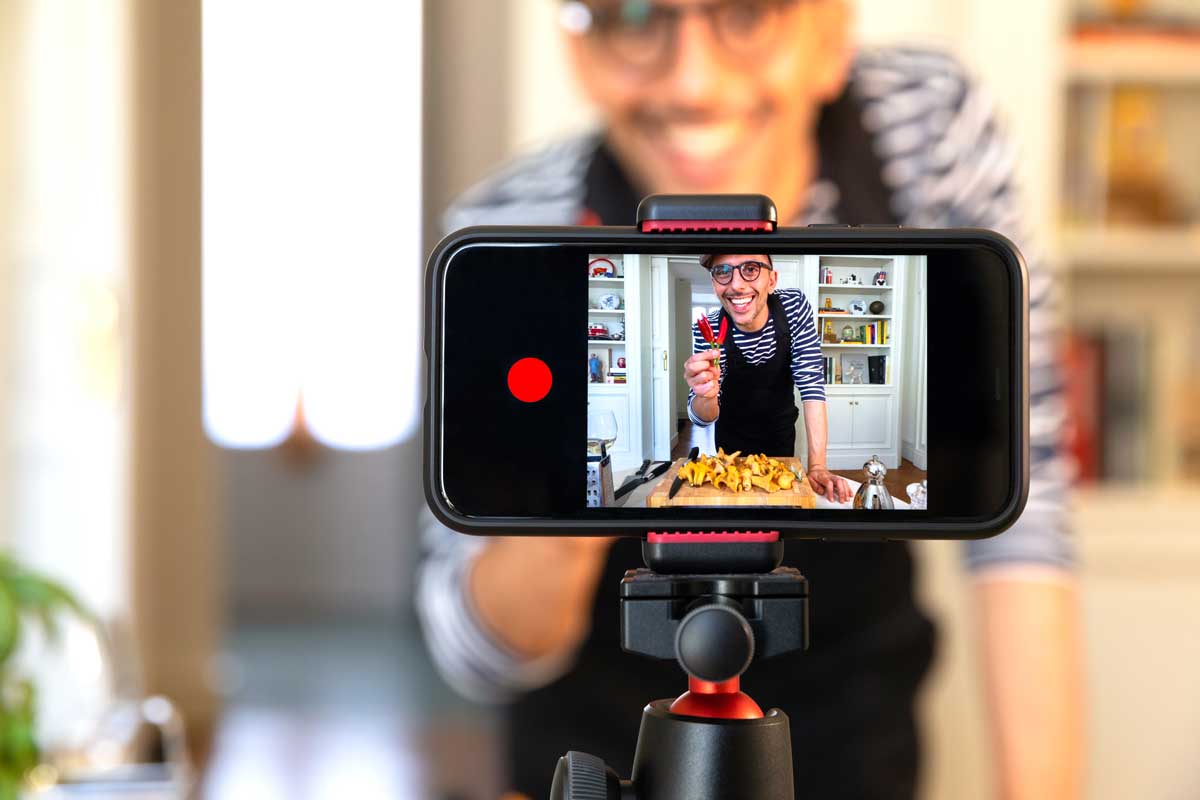 August 29, 2022
August 29, 2022
Linda Charmaraman, Ph.D., discusses a collaboration to educate creators to help them produce responsible content on social media.
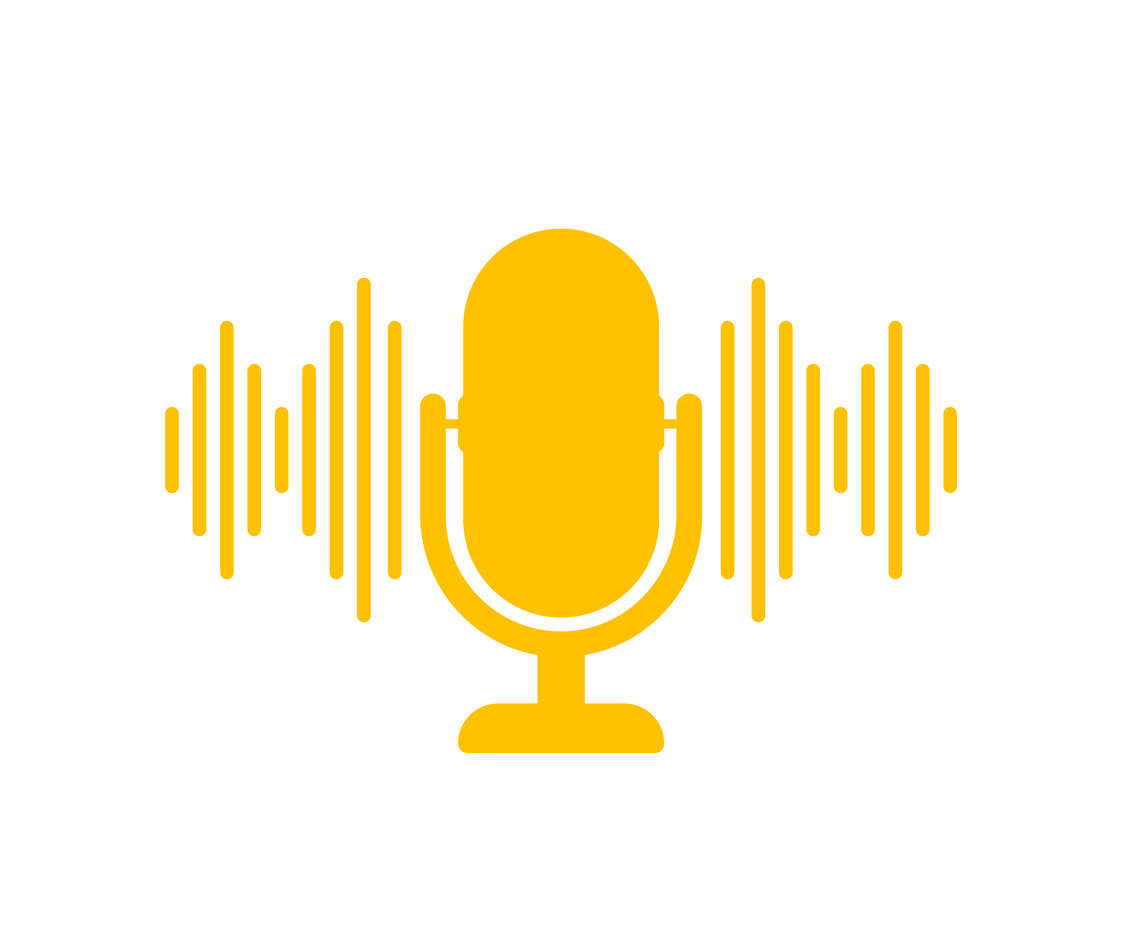 August 16, 2022
August 16, 2022
On ADDitude's ADHD Experts podcast, Linda Charmaraman, Ph.D., discusses the unique ways that social media use can offer positives and negatives for neurodivergent youth.
 August 15, 2022
August 15, 2022
In a podcast interview, Linda Charmaraman, Ph.D., discusses her research on social media use and youth development.
 July 21, 2022
July 21, 2022
Dr. Linda Charmaraman shares insights from her research on youth social media use and wellbeing.
 July 19, 2022
July 19, 2022
In a podcast interview, Linda Charmaraman, Ph.D., discusses the resilience of teens and tweens in a digital world.
 June 29, 2022
June 29, 2022
Linda Charmaraman, Ph.D., shares research findings on LGBTQ teens' social media use.
 June 22, 2022
June 22, 2022
Linda Charmaraman, Ph.D., shares research findings on LGBTQ teens' social media use.
 June 1, 2022
June 1, 2022
Linda Charmaraman, Ph.D., discusses her research on youth wellbeing and social media use. (Article in Portuguese.)
 May 16, 2022
May 16, 2022
Research on body image from Linda Charmaraman, Ph.D., is cited in an article on teen wellbeing.
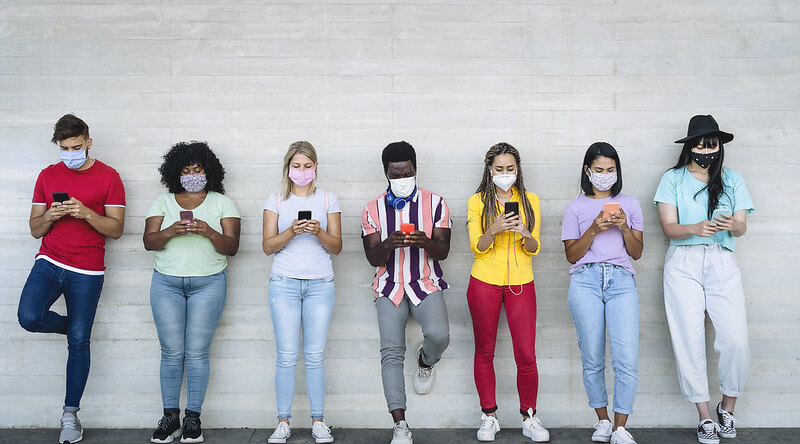 March 14, 2022
March 14, 2022
Linda Charmaraman, Ph.D., discusses her research on teens' social media use during the pandemic.
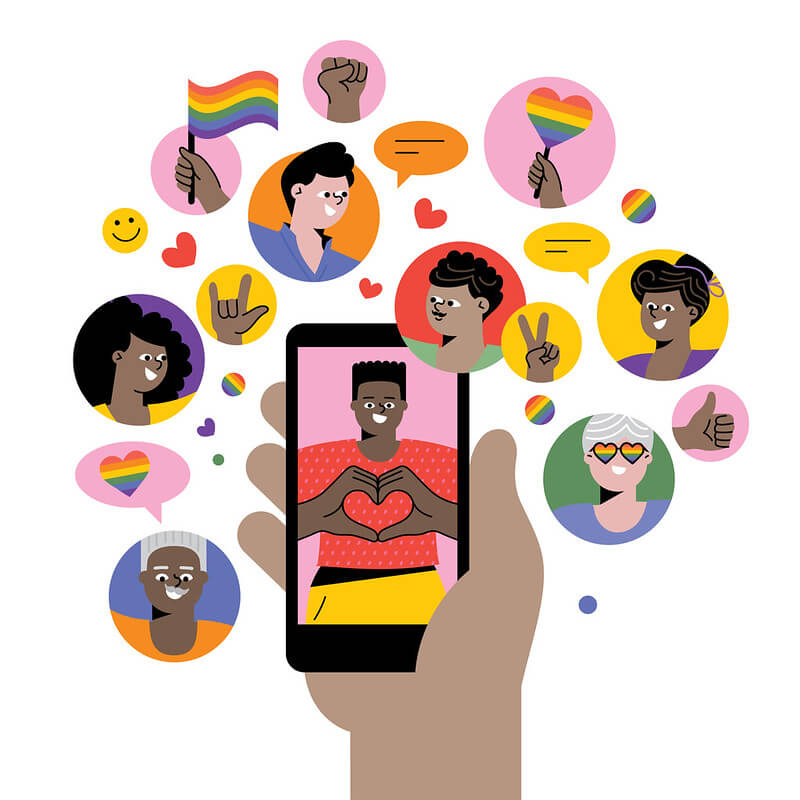 January 31, 2022
January 31, 2022
Linda Charmaraman, Ph.D., shares her expertise on the minimum age for joining social media.
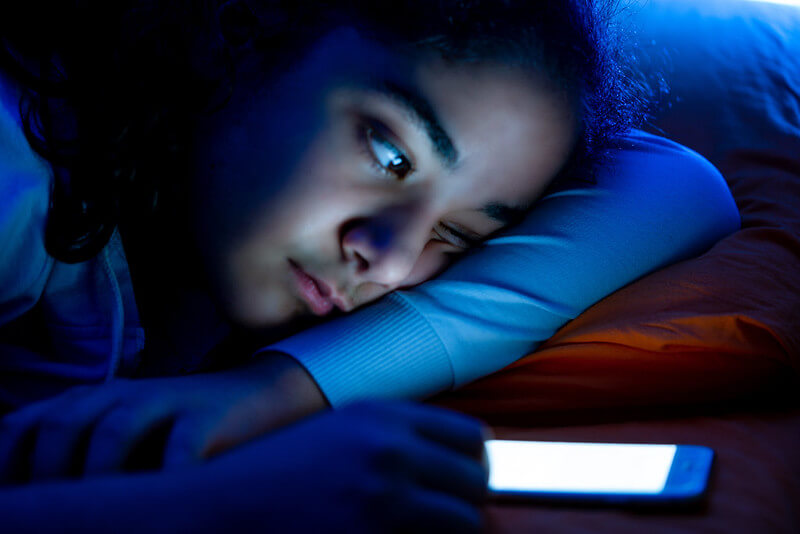 December 7, 2021
December 7, 2021
Linda Charmaraman, PhD., contributes an expert opinion on Instagram's impact on teens.
 November 14, 2021
November 14, 2021
Research from our Youth, Media & Wellbeing Research Lab explores the impacts of using social media at a young age.
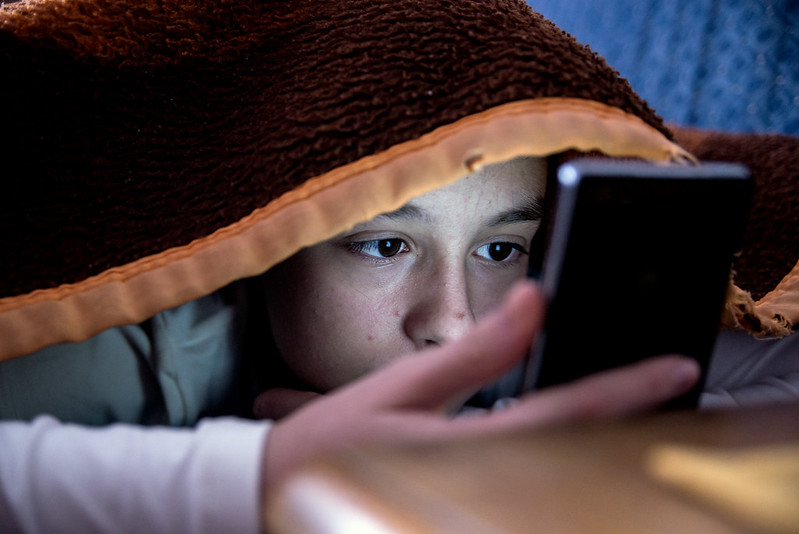 November 10, 2021
November 10, 2021
Linda Charmaraman, Ph.D., shares her expertise on the mental health benefits and drawbacks of social media.
 November 6, 2021
November 6, 2021
Linda Charmaraman, Ph.D., discusses a new social media trend.
 October 29, 2021
October 29, 2021
Linda Charmaraman, Ph.D., shares findings from her research on social media use in younger children.
 October 6, 2021
October 6, 2021
Linda Charmaraman, Ph.D., shares her expertise on leaked research studies about Instagram’s impact on teens.
 September 29, 2021
September 29, 2021
Linda Charmaraman, Ph.D., shares her findings on the link between youth screen time and their social development.
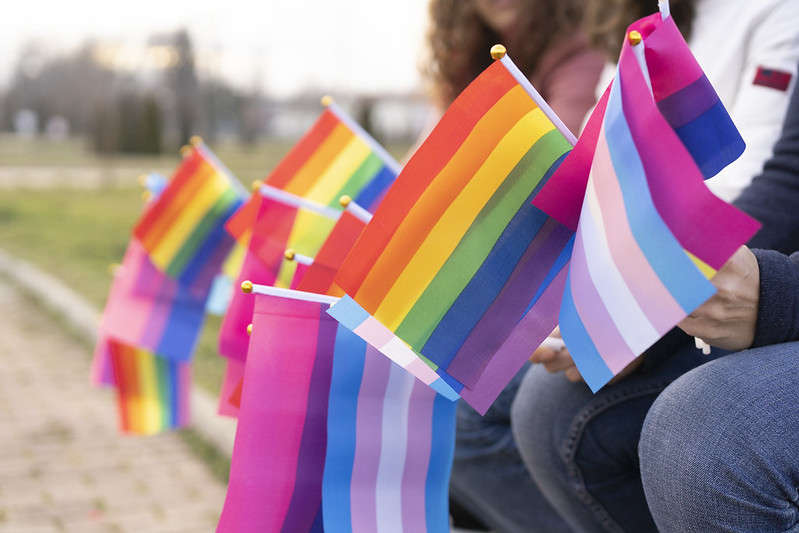 September 28, 2021
September 28, 2021
Linda Charmaraman, Ph.D., discusses social media use among LGBTQ youth on the Channel Q radio show, Let's Go There.
 September 28, 2021
September 28, 2021
Linda Charmaraman, Ph.D., shares findings from a new journal article on LGBTQ youth social media use.
 September 21, 2021
September 21, 2021
Linda Charmaraman, Ph.D., shares findings on middle school students' social media use.
 June 18, 2021
June 18, 2021
Linda Charmaraman, Ph.D., shares findings from her research on middle schoolers' social media use.
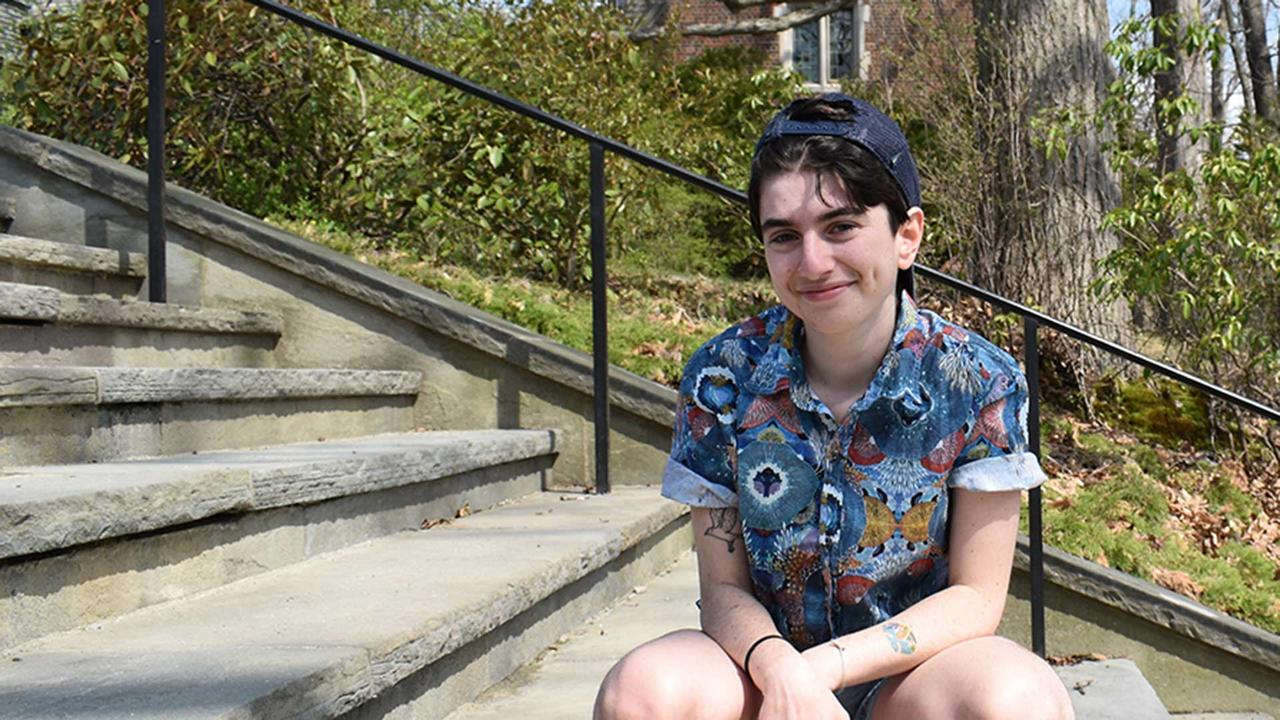 May 17, 2021
May 17, 2021
Wellesley College student Rachel Hodes worked with Linda Charmaraman, Ph.D., during the 2020-21 academic year.
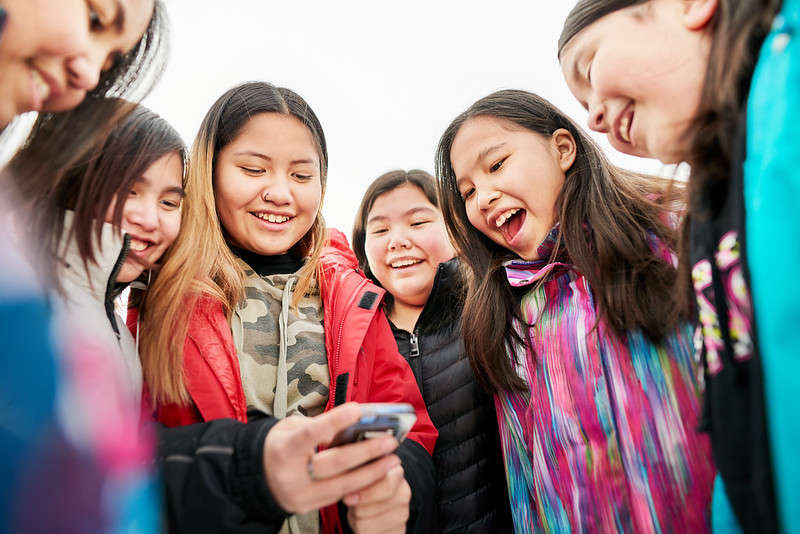 May 10, 2021
May 10, 2021
Professor Catherine Delcourt, who partners with Dr. Linda Charmaraman in our Youth, Media & Wellbeing Research Lab, discusses findings from their digital wellbeing workshops for middle school students.
 April 26, 2021
April 26, 2021
Senior Research Scientist Linda Charmaraman, Ph.D., discusses the rise of private audio chats and interactive social media.
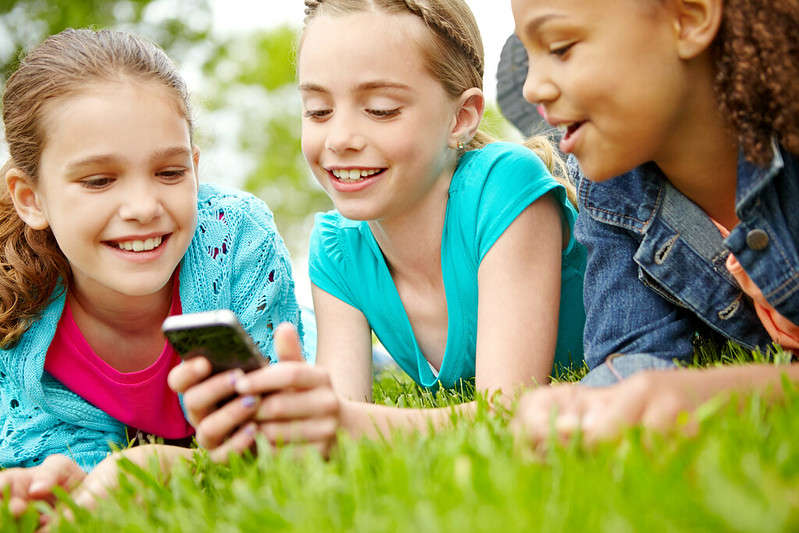 March 8, 2021
March 8, 2021
Linda Charmaraman, Ph.D., discusses the meaning of healthy social media usage in this feature in Wellesley Weston Magazine.
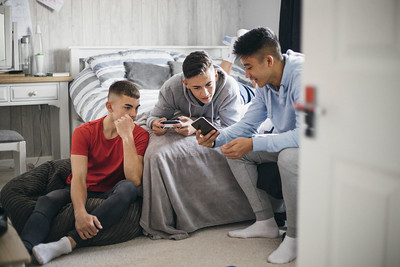 February 19, 2021
February 19, 2021
WCW Senior Research Scientist Linda Charmaraman, Ph.D., is featured in Accents discussing teens and technology during COVID-19.
 December 15, 2020
December 15, 2020
Linda Charmaraman, Ph.D., has been appointed as Forbes Ignite's new Scientific Advisor.






